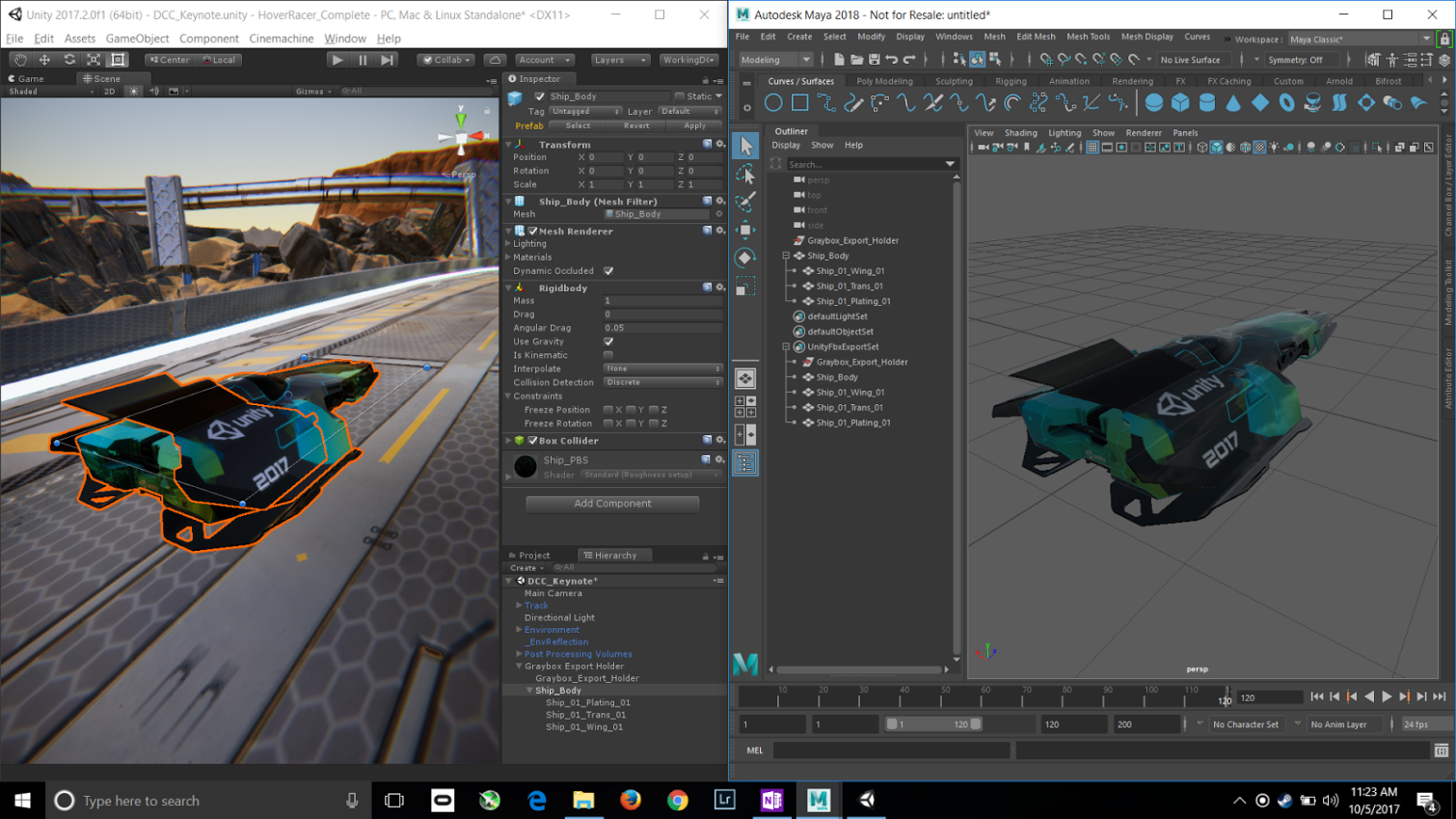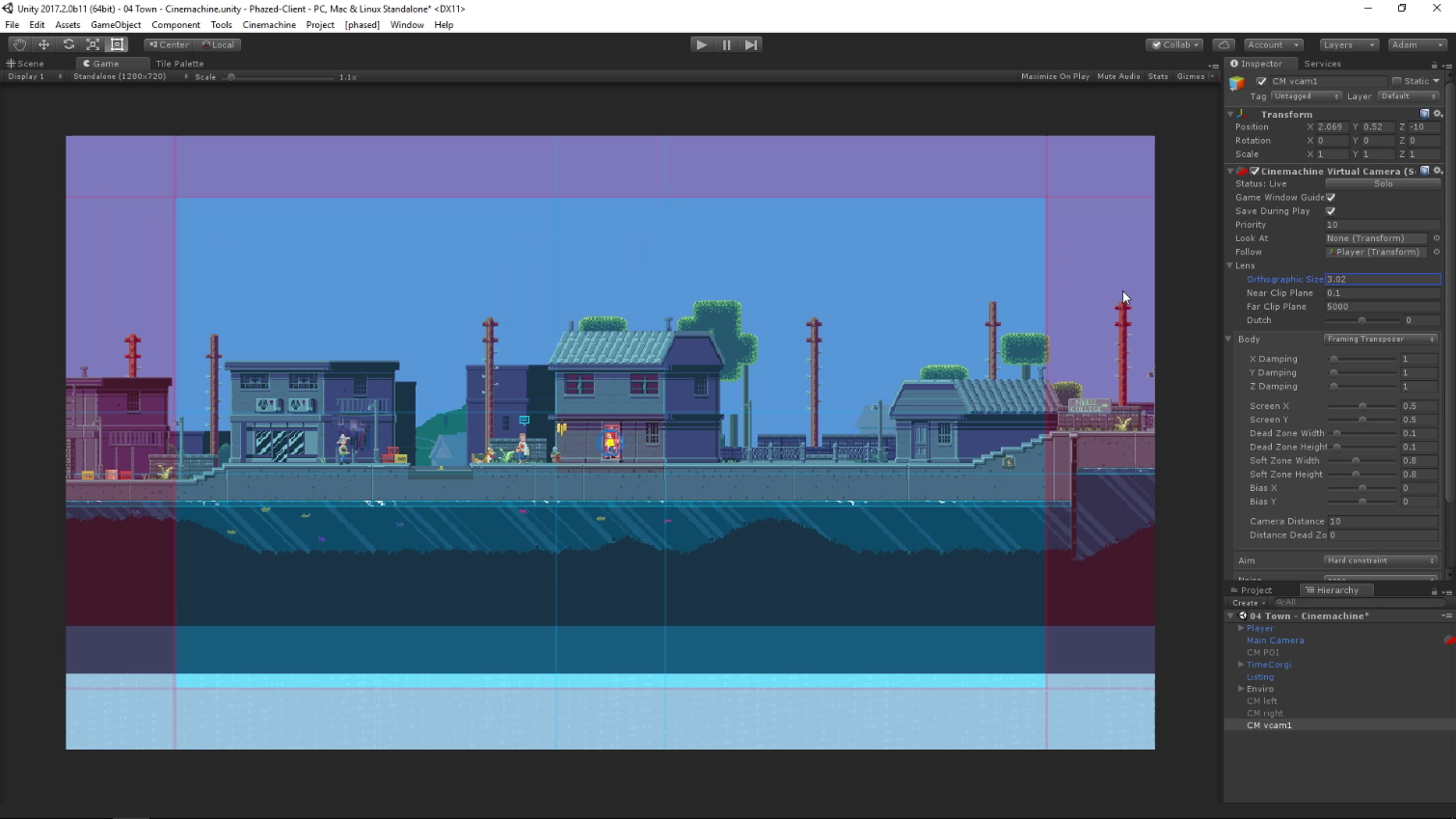The Latest Version Of Unity Is Optimized For AR, MR
Unity announced that Unity 2017.2 is now available. The latest revision of the Unity development platform includes optimizations for Apple ARKit, Google ARCore, and Qualcomm's Vuforia augmented reality. It also includes support for Microsoft’s upcoming Windows Mixed Reality platform.
“Unity 2017 was the start of a new cycle that evolves the world’s most popular game engine into an ever-expanding creation engine for gaming and a wide range of real-time entertainment,” said Adam Myhill, Head of Cinematics, Unity. “Unity 2017.2 continues this evolution, by providing enhanced visual tools that truly empower and inspire artists and designers to do what they do best: create amazing content. We believe the power and flexibility within 2017.2 allow for improved experimentation, rapid iteration and a deeper collaboration between disciplines, which is the backbone for truly stunning creations.”
Unity said that the latest version of the Unity development platform “makes it easy for developers to create MR experiences for supported devices.” Unity 2017.2 also makes it easy to add augmented components to existing apps, which is especially handy for the new Windows Mixed Reality platform. Microsoft designed Windows MR to work with 2D applications projected in a 3D space. Adding augmented components, such as 3D menus, could enhance the experience significantly. The new build of Unity could also make it simple to convert existing apps to work on Microsoft’s new immersive computing platform.
Unity 2017.2 isn’t just for developers working in immersive media; it also has benefits for 2D creators. Unity 2017.2 includes a suite of 2D creation tools such as a new 2D Tilemap tool and a new version of Cinemachine for 2D scenes.
Unity also partnered with Autodesk to grant Unity 2017.2 source code access to the Autodesk’s FBX SDK, which enables you to convert digital assets to work with a variety of creations applications such as 3D Studio Max and Maya.
Unity 2017.2 is available now. The company offers several licensing options and which one you qualify for depends on how much revenue your company brings in. Unity Personal is available at no cost, but if you or your company brings in $100,000 worth of revenue from your creation, you must upgrade to a paid license. The Unity Plus offers additional tools for serious creators, and Unity Pro features Unity’s professional grade development and publishing tools. Unity also offers “custom-tailored enterprise solutions” for large development teams. You can find more information about the various tiers at Unity’s website.
Get Tom's Hardware's best news and in-depth reviews, straight to your inbox.
Kevin Carbotte is a contributing writer for Tom's Hardware who primarily covers VR and AR hardware. He has been writing for us for more than four years.

